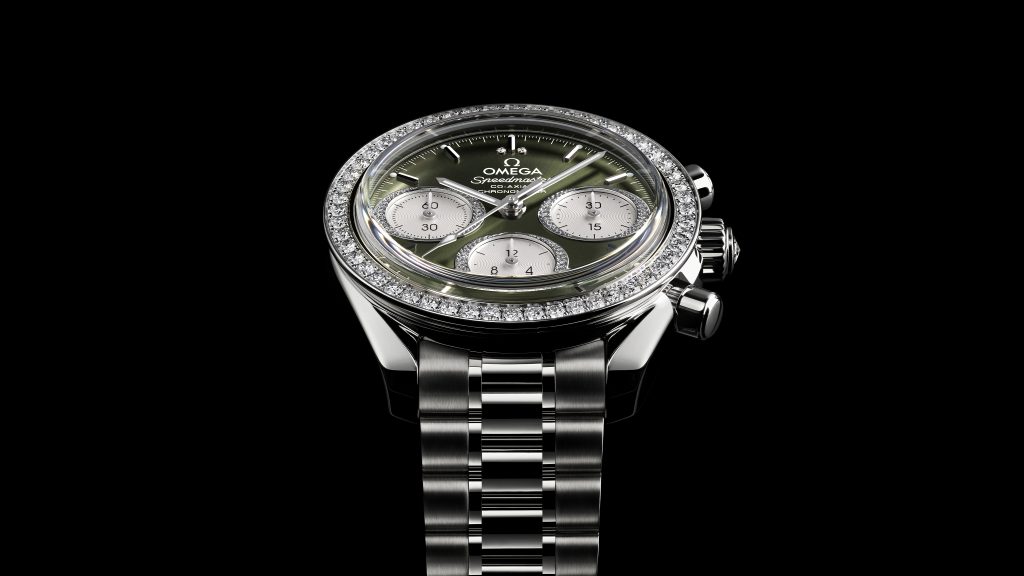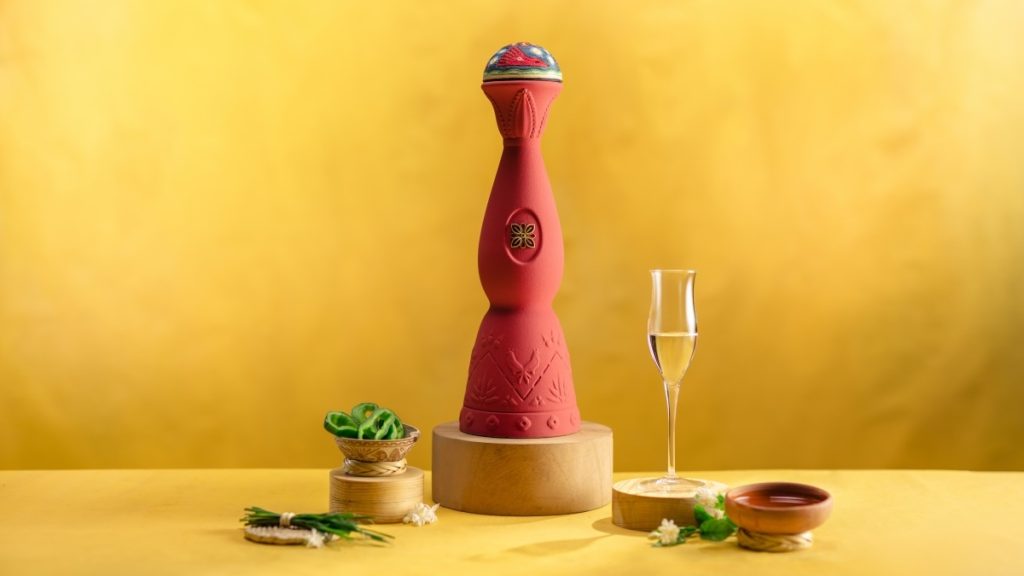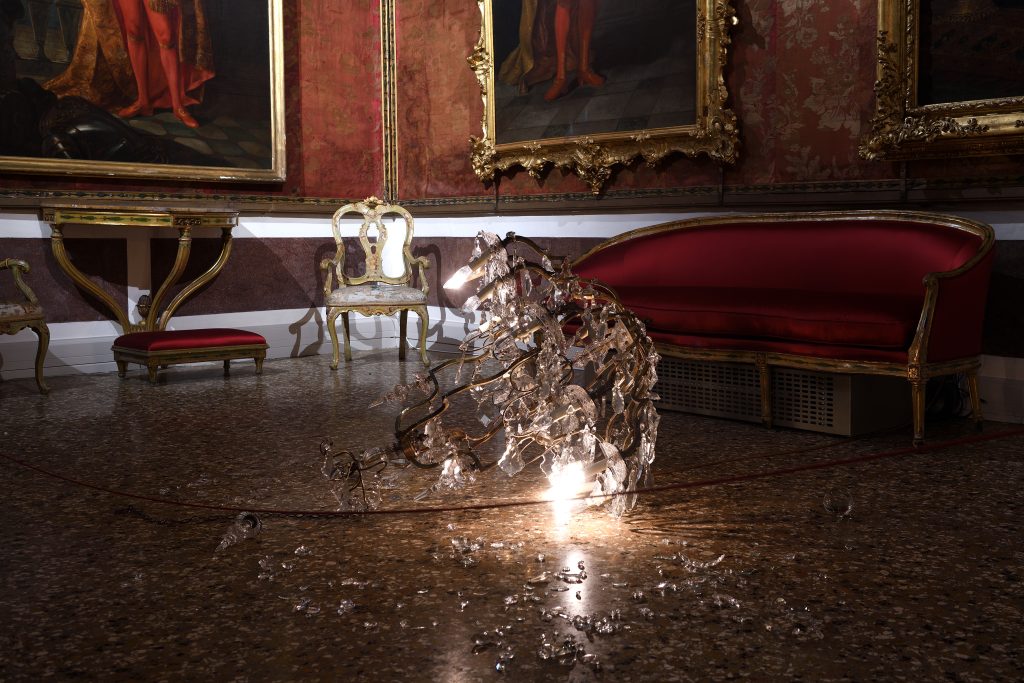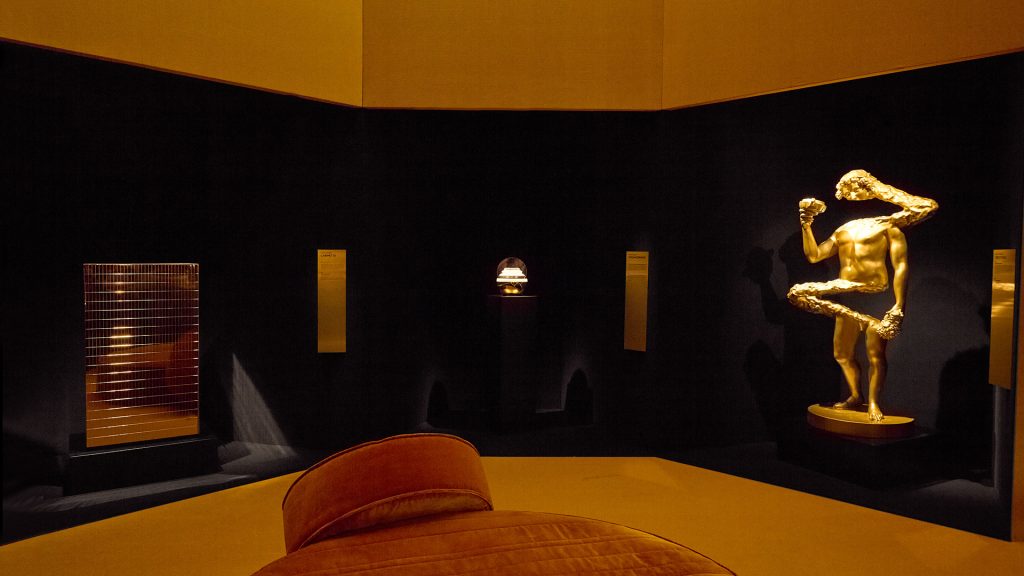Link About It: This Week’s Picks
“Gay Christmas,” illuminated drones finishing monuments, a portable record player and more this week

NYC to Require Salary Ranges Be Included in Job Postings
 Starting in November, a new NYC law will go into effect that requires companies with at least four employees to include the lowest and highest salaries for any job it posts. These incomes must accurately reflect what the company will be ready to pay prospective hires. Colorado made pay transparency mandatory earlier this year, and California and Washington are slated to follow suit in 2023. As past research—including one study in Denmark where this disclosure law is in effect—has shown, providing the salary for job openings critically helps narrow gender and racial income disparity. Additionally, the transparency will help job-seekers save time and equip them with the resources they need to negotiate for fairer pay. Learn more about the new mandate at The New York Times.
Starting in November, a new NYC law will go into effect that requires companies with at least four employees to include the lowest and highest salaries for any job it posts. These incomes must accurately reflect what the company will be ready to pay prospective hires. Colorado made pay transparency mandatory earlier this year, and California and Washington are slated to follow suit in 2023. As past research—including one study in Denmark where this disclosure law is in effect—has shown, providing the salary for job openings critically helps narrow gender and racial income disparity. Additionally, the transparency will help job-seekers save time and equip them with the resources they need to negotiate for fairer pay. Learn more about the new mandate at The New York Times.
Image courtesy of Brendan Mcdermid/Reuters
Halloween’s Intrinsic Connection to Queerness
 Throughout recent history—from the 1940s to the ’70s and ’80s—Halloween has been a vehicle for queer people to embrace who they are. Case in point: Greenwich Village Halloween Parade. In its first year in 1976, the parade drew 160 attendees who were predominately Black trans folk, drag queens and other people in the LGBTQ+ community. As a celebration of all things different and taboo, the holiday made breaking homophobic laws (like not being allowed to dress in drag) not only acceptable but expected. Because of this, Halloween often acted as an awakening for drag queens. The event, writes journalist Abby Moss for i-D, is “often called ‘gay Christmas,'” because it invites liberation with friends and chosen family as opposed to the festive season which could include interacting with homophobic family members. “For people who don’t fit into traditional heteronormative roles, Christmas can [be] exhausting at best; at worst, triggering. Halloween, on the other hand, remains a queer playground,” continues Moss. Read more at i-D.
Throughout recent history—from the 1940s to the ’70s and ’80s—Halloween has been a vehicle for queer people to embrace who they are. Case in point: Greenwich Village Halloween Parade. In its first year in 1976, the parade drew 160 attendees who were predominately Black trans folk, drag queens and other people in the LGBTQ+ community. As a celebration of all things different and taboo, the holiday made breaking homophobic laws (like not being allowed to dress in drag) not only acceptable but expected. Because of this, Halloween often acted as an awakening for drag queens. The event, writes journalist Abby Moss for i-D, is “often called ‘gay Christmas,'” because it invites liberation with friends and chosen family as opposed to the festive season which could include interacting with homophobic family members. “For people who don’t fit into traditional heteronormative roles, Christmas can [be] exhausting at best; at worst, triggering. Halloween, on the other hand, remains a queer playground,” continues Moss. Read more at i-D.
Image courtesy of Walter Leporati/Getty Images
The Scramble to Purchase Items From Joan Didion’s Estate
 Upstate New York’s Stair Galleries has been inundated with inquiries about items from Joan Didion’s upcoming estate auction. “An American Icon: Property From the Collection of Joan Didion” will include furniture, home decor, books, artwork, journals, portraits and all kinds of ephemera from the various Californian homes and Upper East Side apartment she shared with her husband, John Gregory Dunne. The most affordable lots will start at $100, while the most expensive is expected to be a Richard Diebenkorn lithograph, estimated to sell for around $70,000. Lisa Thomas, director of Stair Galleries’ fine arts department says, “Everything in the sale helps to paint the picture of how she lived in her private space.” The auction catalogue was released today, in accordance with an exhibition running from 31 October to 15 November—though the auction itself will take place in Hudson, NY on 4 November. Proceeds from the auction will benefit the Sacramento Historical Society, as well as Parkinson’s research and patient care at Columbia University. Read more at The New York Times.
Upstate New York’s Stair Galleries has been inundated with inquiries about items from Joan Didion’s upcoming estate auction. “An American Icon: Property From the Collection of Joan Didion” will include furniture, home decor, books, artwork, journals, portraits and all kinds of ephemera from the various Californian homes and Upper East Side apartment she shared with her husband, John Gregory Dunne. The most affordable lots will start at $100, while the most expensive is expected to be a Richard Diebenkorn lithograph, estimated to sell for around $70,000. Lisa Thomas, director of Stair Galleries’ fine arts department says, “Everything in the sale helps to paint the picture of how she lived in her private space.” The auction catalogue was released today, in accordance with an exhibition running from 31 October to 15 November—though the auction itself will take place in Hudson, NY on 4 November. Proceeds from the auction will benefit the Sacramento Historical Society, as well as Parkinson’s research and patient care at Columbia University. Read more at The New York Times.
Image courtesy of Stair Galleries
Dutch Artist Duo Drift Completes Landmarks with Illuminated Drones
 Employing a network of illuminated drones, Dutch artist duo DRIFT (aka Lonneke Gordijn and Ralph Nauta) restores—or, sometimes, completes—international architectural landmarks like Barcelona’s Sagrada Familia and Rome’s Colosseum. “To finish them with light emphasizes the potential positive power of our hi-tech developments in relation to the slow but beautiful building methods of the past,” Nauta tells Artnet News. DRIFAT partnered with 64 multi-disciplinary specialists, including some from Drone Stories and Nova Skystories. In developing this artistic expression, they were also able to create a corresponding practice that assists architects in visualizing how their planned buildings will impact a skyline. Read more about this intersection of art and architecture at Artnet News.
Employing a network of illuminated drones, Dutch artist duo DRIFT (aka Lonneke Gordijn and Ralph Nauta) restores—or, sometimes, completes—international architectural landmarks like Barcelona’s Sagrada Familia and Rome’s Colosseum. “To finish them with light emphasizes the potential positive power of our hi-tech developments in relation to the slow but beautiful building methods of the past,” Nauta tells Artnet News. DRIFAT partnered with 64 multi-disciplinary specialists, including some from Drone Stories and Nova Skystories. In developing this artistic expression, they were also able to create a corresponding practice that assists architects in visualizing how their planned buildings will impact a skyline. Read more about this intersection of art and architecture at Artnet News.
Image courtesy of DRIFT
Free Anti-Overdose Kits For NYC Bars and Clubs
 The New York City Council recently approved a law that requires the Department of Health and Mental Hygiene to create a Nightlife Opioid Antagonist Program. The program will give bars and clubs free access to anti-overdose kits that include the medicine Narcan. In addition, the bill offers free training to teach bartenders and employees how to assist those in need. Already, fentanyl-testing strips and Narcan have been stocked at LES pizzeria Scarr’s and cocktail bar Las’ Lap, Ridgewood’s Nowadays and other locations, thanks to activists who have long been advocating for the inclusion of these life-saving resources. The new bill will help broaden and bolster these efforts to reduce harm. Learn more at Thrillist.
The New York City Council recently approved a law that requires the Department of Health and Mental Hygiene to create a Nightlife Opioid Antagonist Program. The program will give bars and clubs free access to anti-overdose kits that include the medicine Narcan. In addition, the bill offers free training to teach bartenders and employees how to assist those in need. Already, fentanyl-testing strips and Narcan have been stocked at LES pizzeria Scarr’s and cocktail bar Las’ Lap, Ridgewood’s Nowadays and other locations, thanks to activists who have long been advocating for the inclusion of these life-saving resources. The new bill will help broaden and bolster these efforts to reduce harm. Learn more at Thrillist.
Image courtesy of Marianna Massey/DigitalVision/Getty Images
Australian Agency Solid Lines Will Represent First Nations Creatives
 In consultation with First Nations creatives, Australian creative agency Jacky Winter Group is developing a company—called Solid Lines—that will solely represent Aboriginal and Torres Strait artists. Most importantly, Solid Lines will ultimately be Indigenous-owned, helmed and controlled. Artist and business-owner Emrhan Tjapanangka Sultan (who comes from the Western Arrarnta and Luritja people of the Western Desert, as well as the Kokatha in South Australia) is leading the program, which is currently an “incubator project” that’s being supported by the Jacky Winter Group. Sultan says, “Through supportive representation, acknowledgement and protection of Indigenous Cultural and Intellectual Property and negotiation of appropriate fees for our talent, we aim to generate beneficial partnerships and culturally safe creative opportunities within industries which have often been ignorant of or refused to engage with First Nations ways of working.” Read more at It’s Nice That.
In consultation with First Nations creatives, Australian creative agency Jacky Winter Group is developing a company—called Solid Lines—that will solely represent Aboriginal and Torres Strait artists. Most importantly, Solid Lines will ultimately be Indigenous-owned, helmed and controlled. Artist and business-owner Emrhan Tjapanangka Sultan (who comes from the Western Arrarnta and Luritja people of the Western Desert, as well as the Kokatha in South Australia) is leading the program, which is currently an “incubator project” that’s being supported by the Jacky Winter Group. Sultan says, “Through supportive representation, acknowledgement and protection of Indigenous Cultural and Intellectual Property and negotiation of appropriate fees for our talent, we aim to generate beneficial partnerships and culturally safe creative opportunities within industries which have often been ignorant of or refused to engage with First Nations ways of working.” Read more at It’s Nice That.
Image courtesy of Solid Lines
Audio-Technica Revives Retro Record Player Design
 To celebrate Audio-Technica’s 60th anniversary, the heritage equipment brand is releasing an updated, limited edition version of their portable record player that debuted in 1983, the Mister Disc (though, known as the Sound Burger in some markets). On the re-release, gone is the slot for three C batteries as power now comes by way of an internal USB-C-rechargeable battery. Fortunately, the vinyl player comes equipped with a 3.5mm output jack and Bluetooth, too. Read more at Core77, where you can also scope out photos of the original Sound Burger.
To celebrate Audio-Technica’s 60th anniversary, the heritage equipment brand is releasing an updated, limited edition version of their portable record player that debuted in 1983, the Mister Disc (though, known as the Sound Burger in some markets). On the re-release, gone is the slot for three C batteries as power now comes by way of an internal USB-C-rechargeable battery. Fortunately, the vinyl player comes equipped with a 3.5mm output jack and Bluetooth, too. Read more at Core77, where you can also scope out photos of the original Sound Burger.
Image courtesy of Audio-Technica
Link About It is our filtered look at the web, shared daily in Link and on social media, and rounded up every Saturday morning. Hero image courtesy of Stair Galleries












